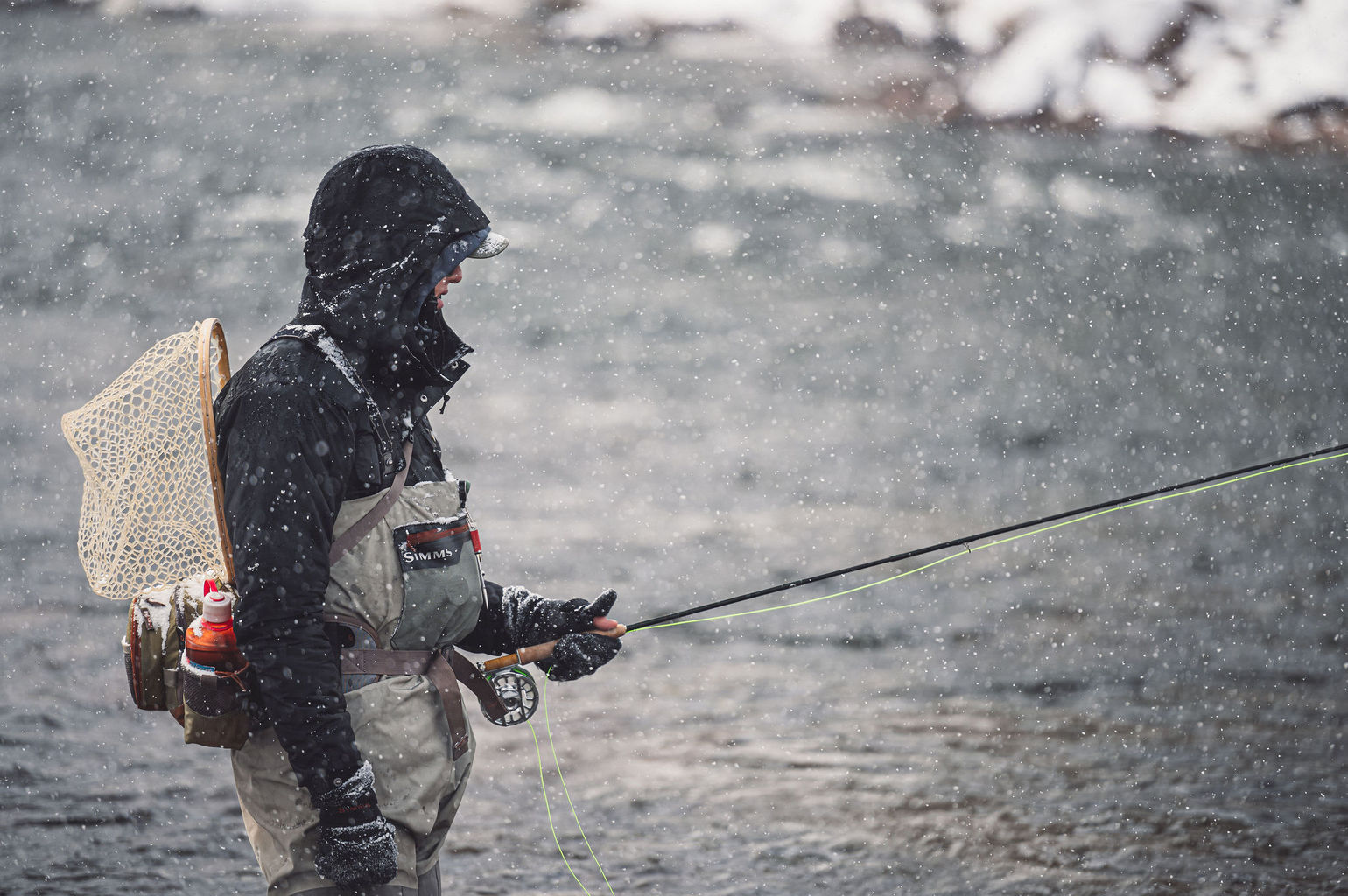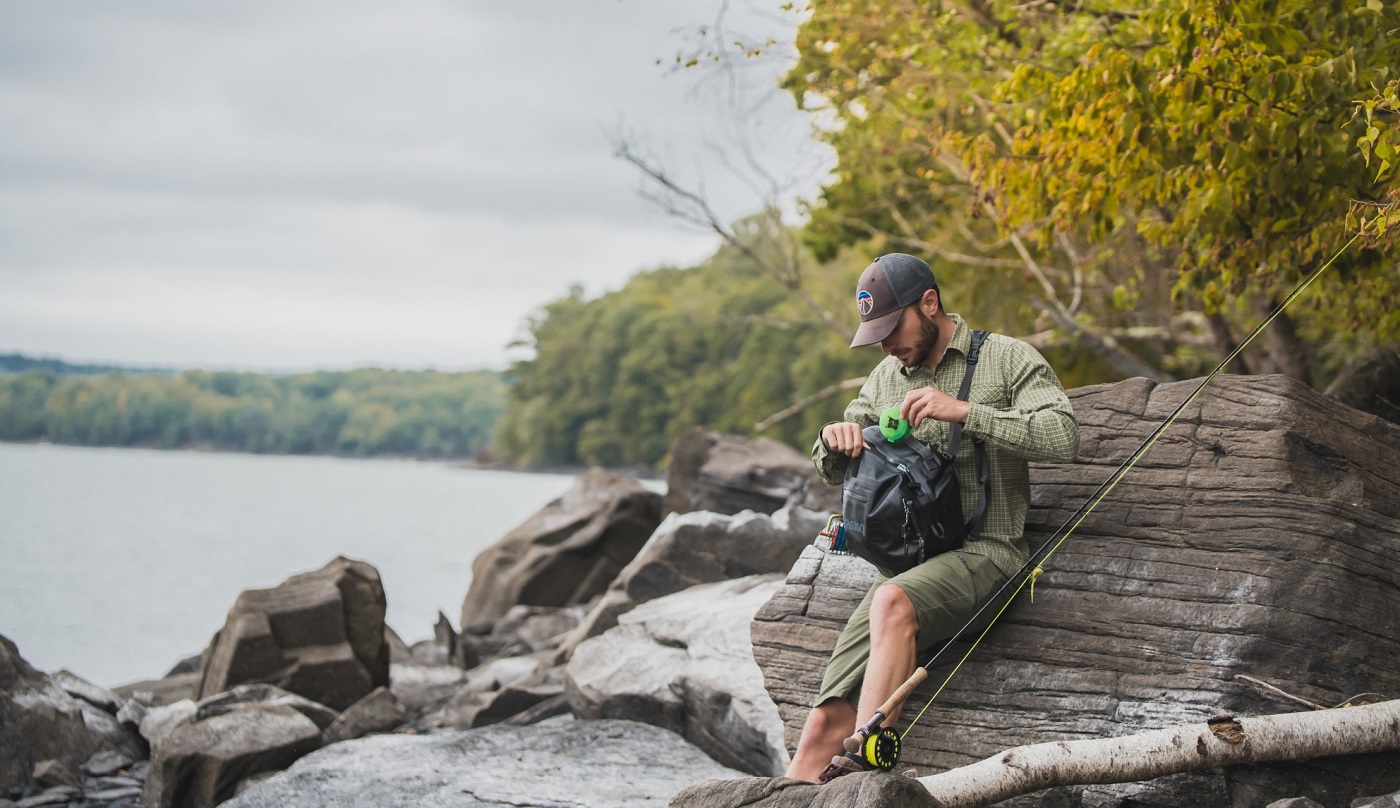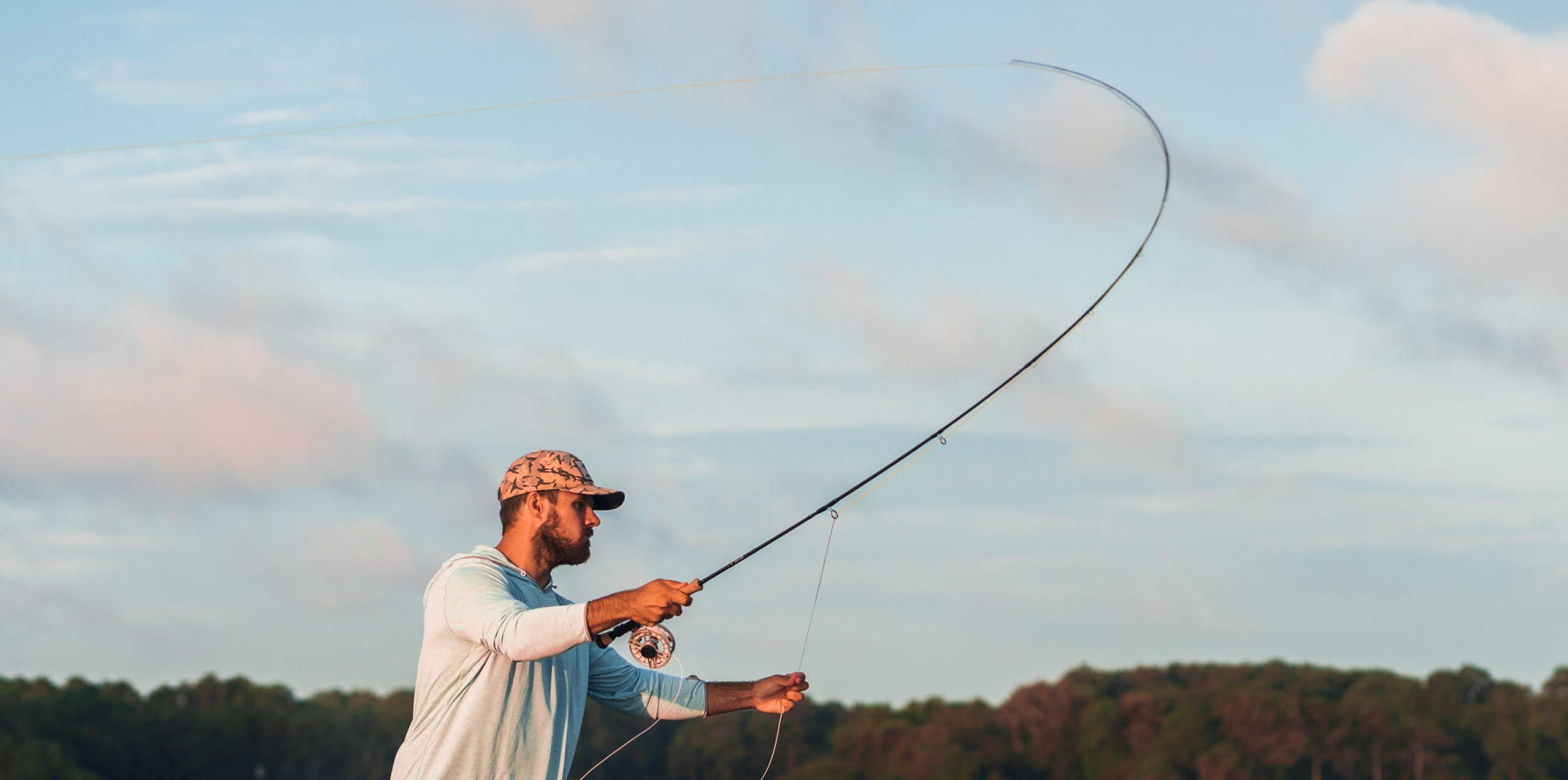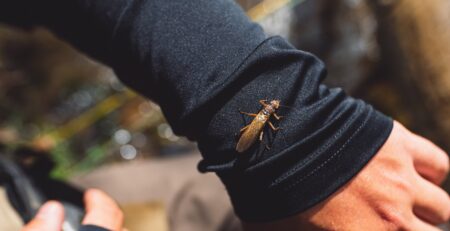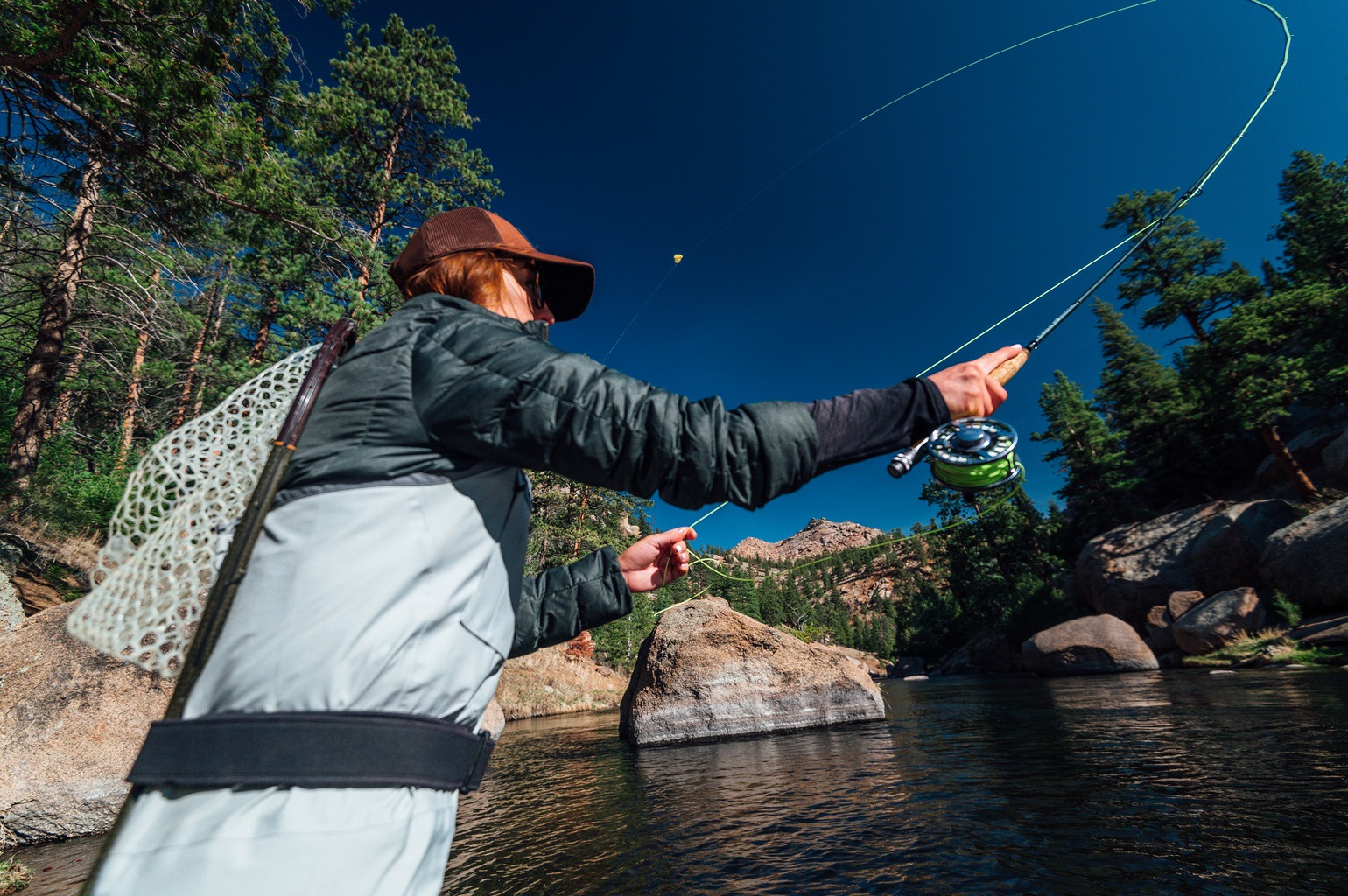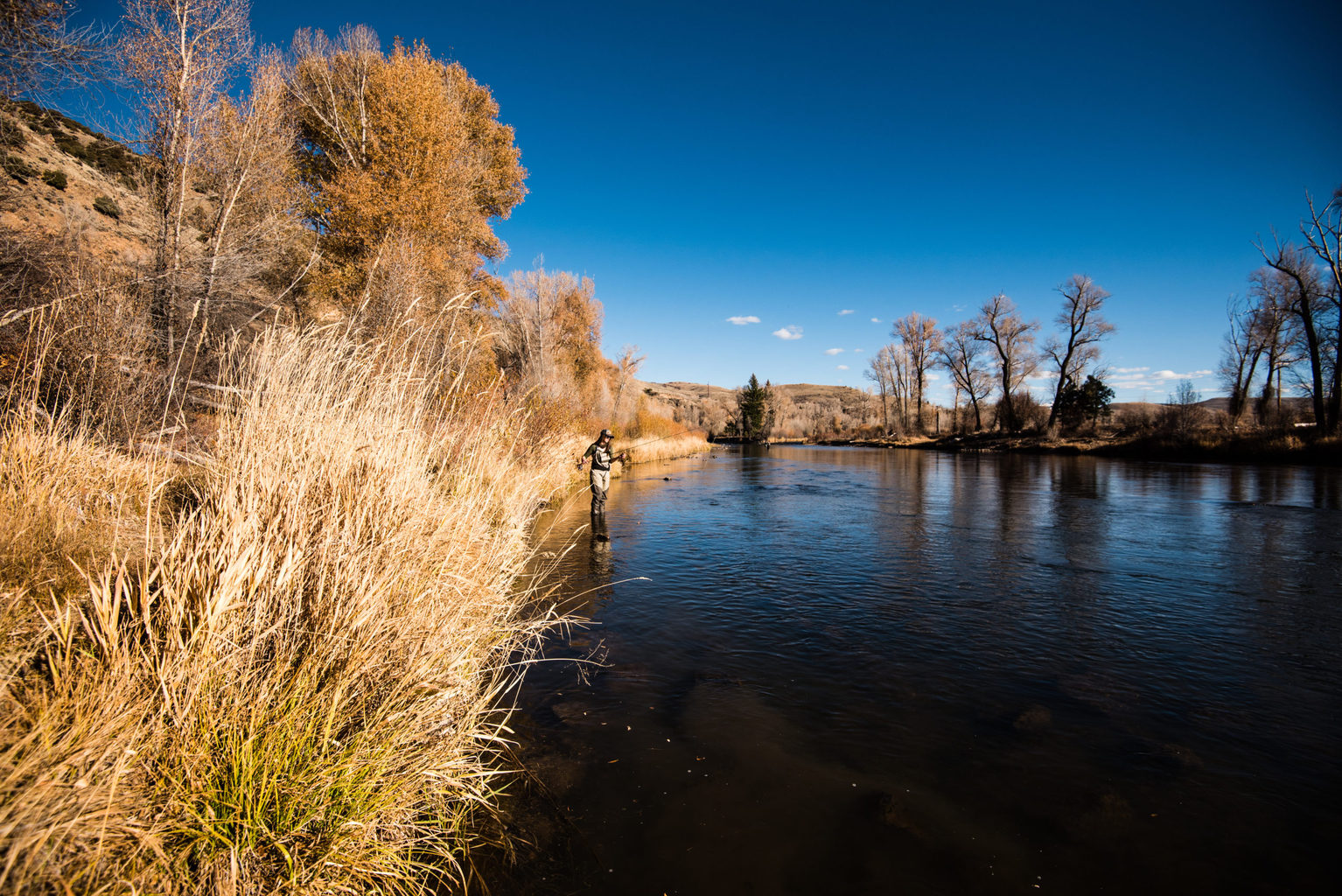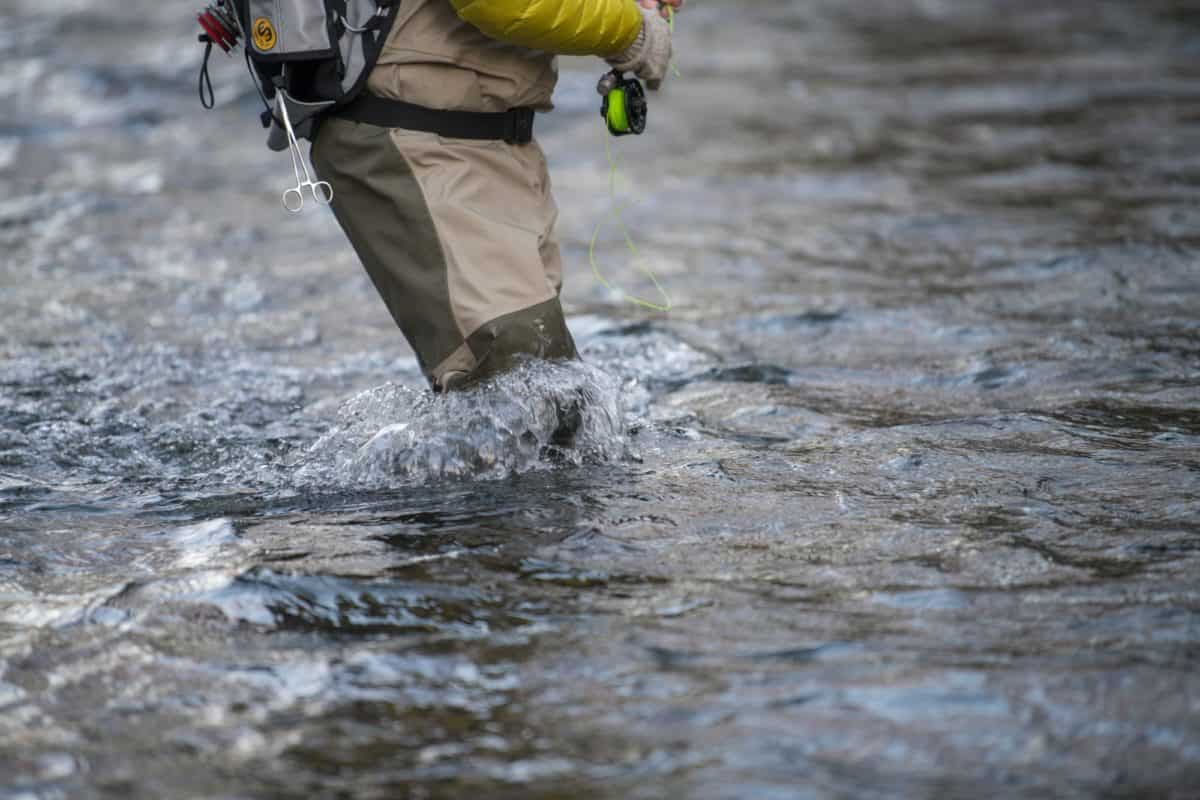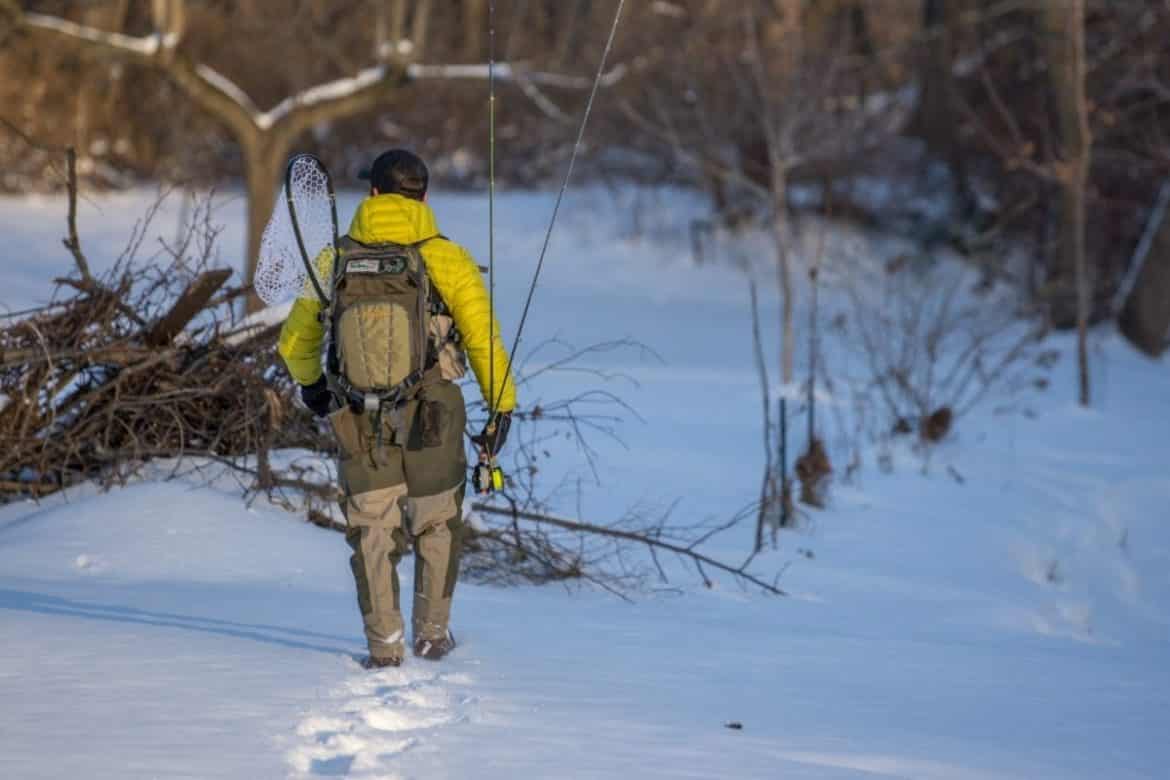Tips For Staying Warm In The Winter: Lay On The Layers
November begins the transition from fall to winter, and while there is still productive fishing to be had, weather becomes a much bigger factor in your preparation. Late fall days will bring a little bit of everything, so it’s important to have the right attire at hand. Enter, layering season.
To make the most of your excursions this time of year you need to utilize gear with specific characteristics; durability, warmth, functionality, and moisture-wicking. While your waders are advertised as “breathable,” you’re going to sweat at one point or another. All that hiking into your favorite spot can get your heart rate up in a hurry.
Sweating leads to discomfort, especially in colder temps as the added moisture leaves you chilly and clammy on a brisk day. To combat sweat, build a layering system that manages moisture effectively to keep you warm and feeling motivated.
Base Layer
Your first line of defense against sweat. Your base layer should be moisture wicking and absorb sweat off of your skin. Synthetic blends work well in that regard, but if you want to keep it classy and old school, invest in a quality wool base.
Mid Layer
Put a layer on top of your base that provides adequate insulation and aids in moisture management. Fleece does the job well. It provides warmth, wicks moisture, dries quickly, and is breathable. Look for synthetic fleece apparel with short lengthwise fibers.
Depending on the temperatures you encounter, you can double your mid layer for added warmth, or take it off as the sun warms throughout the day.
If you can, avoid wearing cotton on the water. It’s great for t-shirts around town, but it collects water, and as a result loses its insulating capabilities.
Outerwear
As the old saying goes, “there’s no bad weather, only bad gear.” Your outerwear is your defense against the elements. Bad gear leads to bad days, and your outer layers should defend against wind, rain, and snow.
The thickness of your outer layer is really dependent on your base and mid layers. If you’ve insulated well with the first two layers, a light waterproof rain jacket should suffice (assuming you’re not in extreme cold).
Abrasion resistance is another key factor. A waterproof jacket with holes and tears loses its purpose, so make sure you have something rugged that will hold up against branches and rocks.

Gloves
Cold winds and low water temps will numb your fingers and hands in a hurry. Fishing with cold extremities puts a real damper on the day. Not to mention tying tiny knots with rocks for fingers gets pretty frustrating.
Following the logic of base layers, your gloves should dissipate water quickly to keep your hands dry. Fold over mitts are a great option if you’re going to spend a long day on the water, and want the flexibility to have your fingers free for tying knots, but covered for continual casting. Half finger gloves are a great option as well before temps really take a plunge.
Wool, fleece, and neoprene are common materials that work well to keep your hands dry and warm on the water.
If you’re throwing your waders on for the first time in months, make sure you do a quick inspection and repair any holes or tears. There’s nothing worse than showing up to your favorite stream only to be surprised by leaky waders.
Give your boots a nice once over as well. Small rips in the seams often go unnoticed when you haven’t been wearing boots regularly.
There are fish to be caught in late fall, so increase your chances by building an adequate layering system that keeps you comfortable all day long.
Fly Fishing Made Easy 👍
Our Quarterly Fly Club ships 1,000’s of flies to anglers all across the United States. Receive curated fly assortments selected for the season with in-depth articles on how to fish them. Great for beginners to learn and for intermediates to discover new flies.

